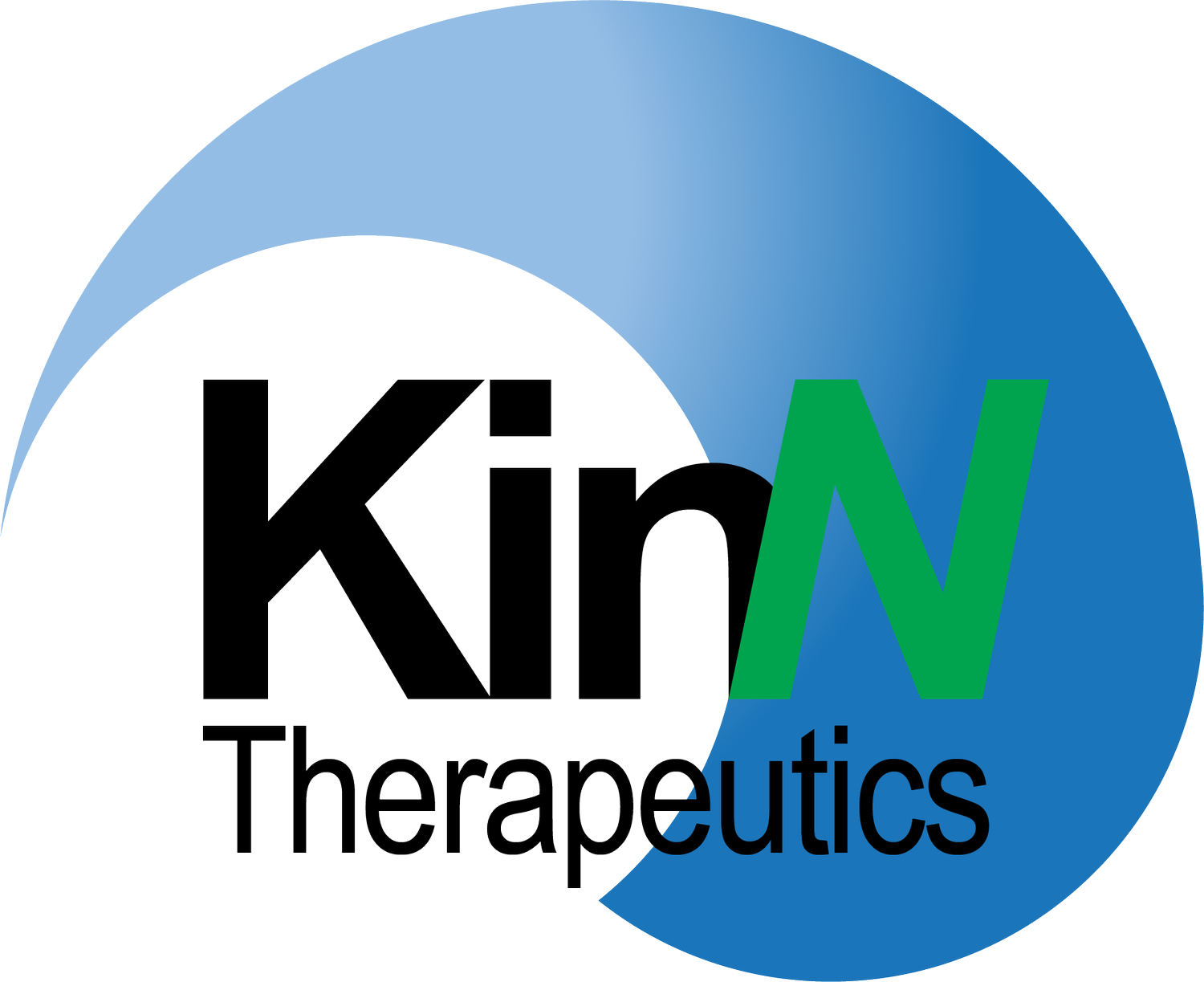KinN Therapeutics offers testing of novel compounds in a variety of in vivo cancer models. We perform a variety of preclinical services accompanying drug screening in our mice models including imaging techniques and in vitro studies.
Our suite of drug screening readouts includes multiple preclinical in vivo imaging modalities and in vitro cell assays including single cell analysis of phenotype, cell state, viability, and function. We work with you to find the best combination of readouts for your drug testing needs.







